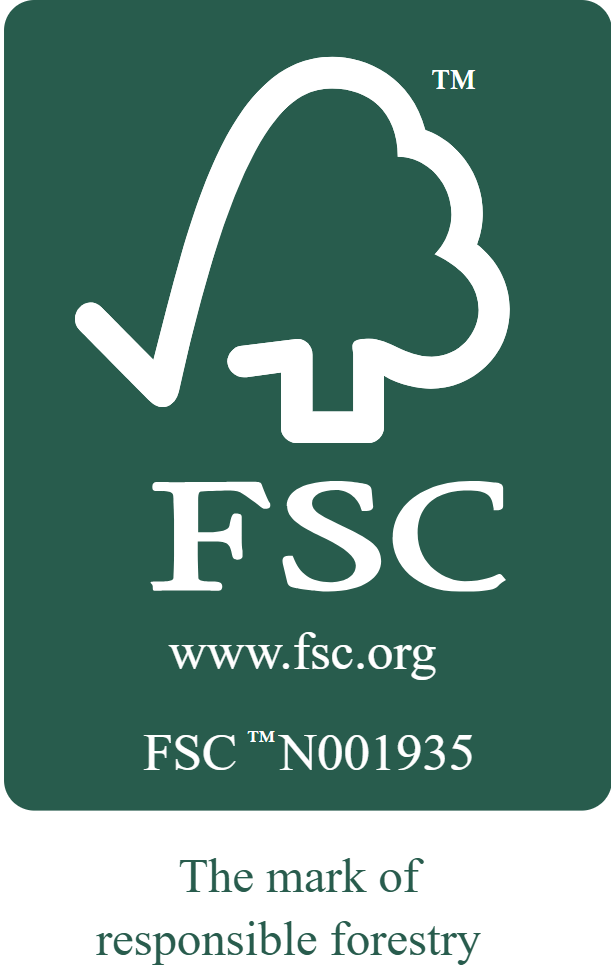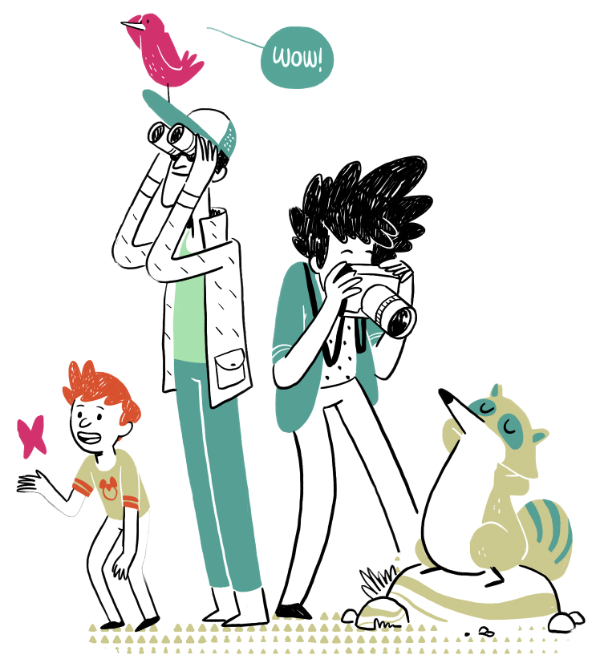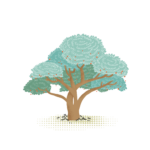Forests created or improved Adda Sud Park
Why did we support this forest?
The disappearance of pollinators like bees is also due to the decay and scattering of environments fit for their survival. Adda Sud Park wants to do its part to reverse the trend by working on the enrichment of grass, trees, and shrubs focusing on the most appealing species for pollinators.
History of the forest
The Adda Sud Regional Park is a protected natural area in Lombardy, established in 1983. It stretches along the middle course of the Adda River, between the provinces of Lodi and Cremona. The park safeguards a large river area rich in natural environments such as lowland forests, oxbow lakes, wet meadows, gravel beaches, and traditional agricultural lands, which support a remarkable diversity of plant and animal life. Its mission is to preserve biodiversity, promote sustainable land management, and provide spaces for responsible use by residents and visitors.
Where is the forest located?


How we improved the forest
The project focuses on two key areas of the Adda Sud Park: the “Spiagge Fluviali di Boffalora” Special Conservation Area and the Castelgerundo – Castiglione d’Adda cycle and footpath.
The river beaches of Boffalora, near the river, offer stunning landscapes: stretches of bare gravel, meadows, oxbow lakes, and riparian woods. These environments are currently threatened by an overall imbalance in vegetation caused by invasive exotic species (black locust, ailanthus, American maple) and extreme weather events that have led to the death of native tree species.
To restore and enhance the area, we are taking multiple actions: improving riparian forests through selective thinning, removing dead plants, and planting native trees; creating habitat trees and bat boxes to provide shelter for bats; and enriching dry meadows with herbaceous species that attract pollinators, as well as creating shrub strips to prevent the spread of exotic species.
Along the Castelgerundo – Castiglione d’Adda cycle and footpath, we are restoring heavily degraded areas dominated by monotonous, mowed, and weeded meadows. Here, we are establishing a genuine “beeway”: an ecological corridor of flowering meadows to support populations of bees, butterflies, and other pollinators.
Furthermore, thanks to our collaboration with the University of Milan, we are studying environmental conditions by analysing the honey produced by pollinators to assess pollution levels in the area.
This project is co-funded by the Lombardy Region’s Biodiversity and Climate Call (BioClima) and supported by Fondazione Cariplo. Bioclima is an initiative created within the framework of the Lombardy Plan and the LIFE GESTIRE 2020 project that aims to create public-private financing models to catalyze investment in biodiversity conservation and climate change adaptation projects in Lombardy’s forests and protected areas.
News from the forest

Partner of the forest


Join our community
Do you like trivia about trees and forests, and want to know how you can help create a greener future and help nature?
Sign up for our newsletter!
A couple of times a month you will receive news, scientific insights without catastrophizing, offers to adopt our trees, and news from our projects. With WOWnature, helping the planet becomes a positive experience. Every tree is a step toward a better future.




